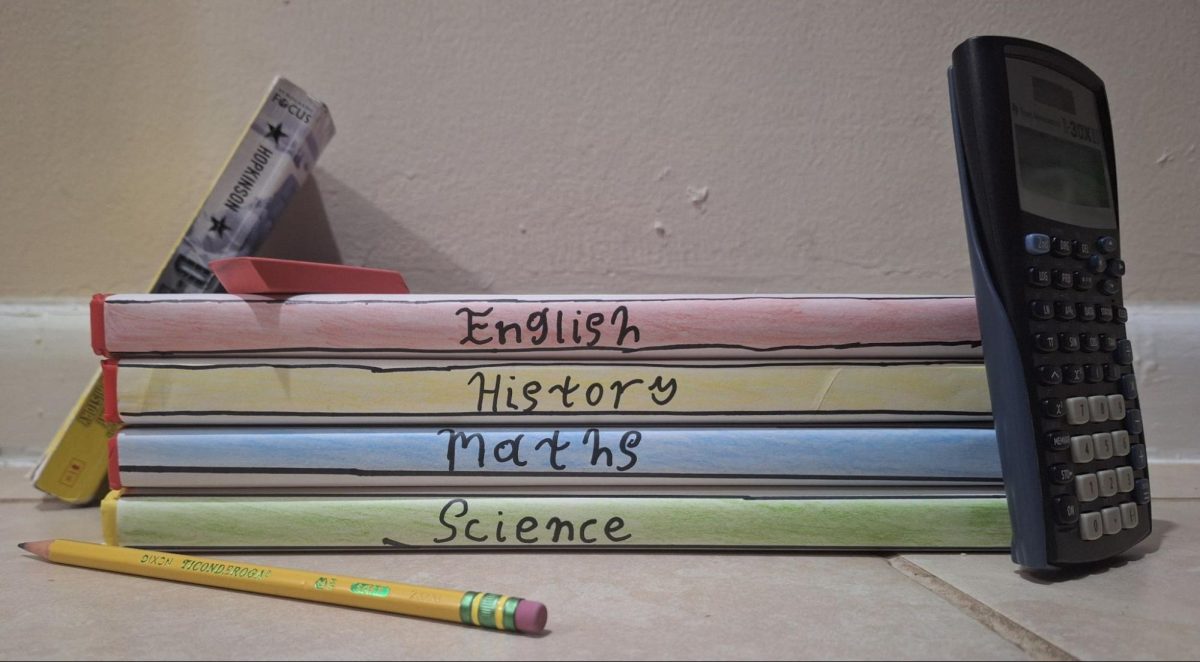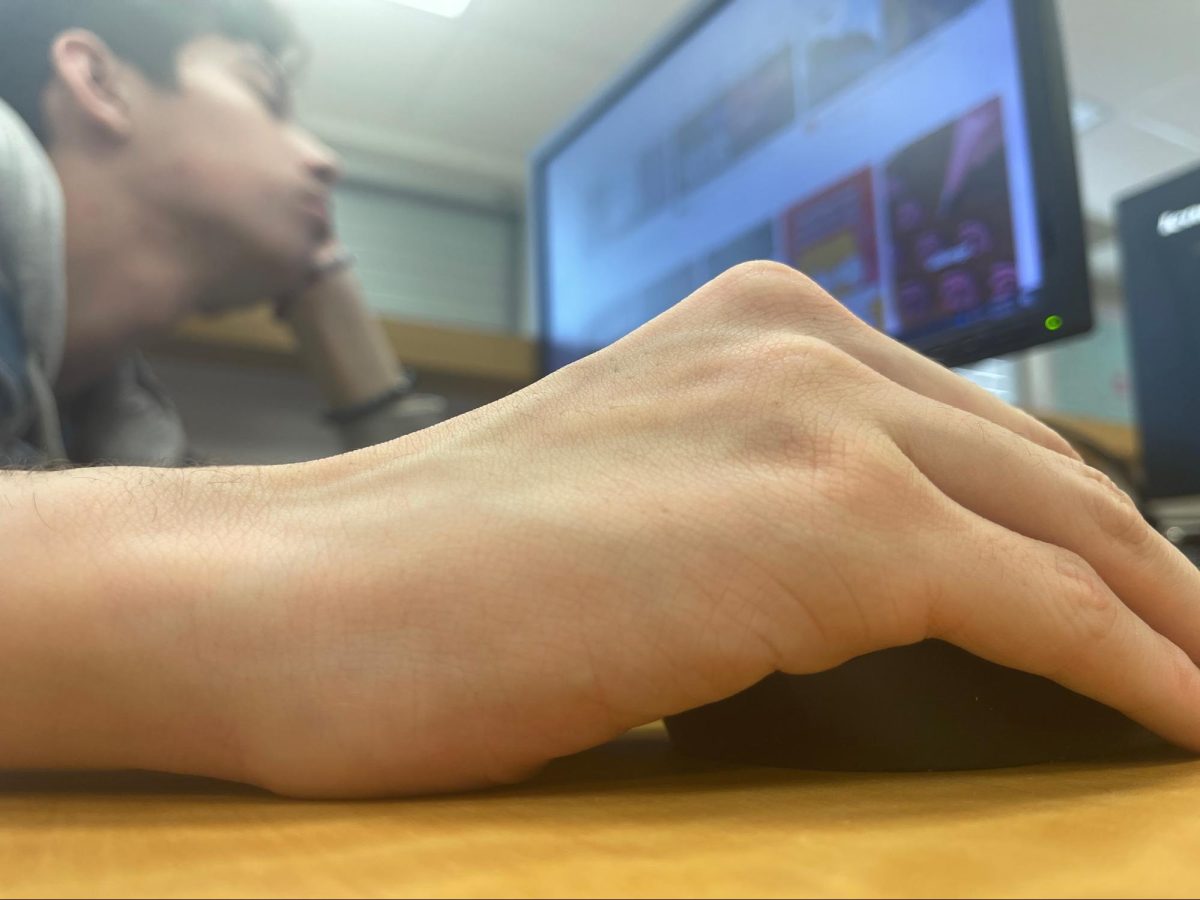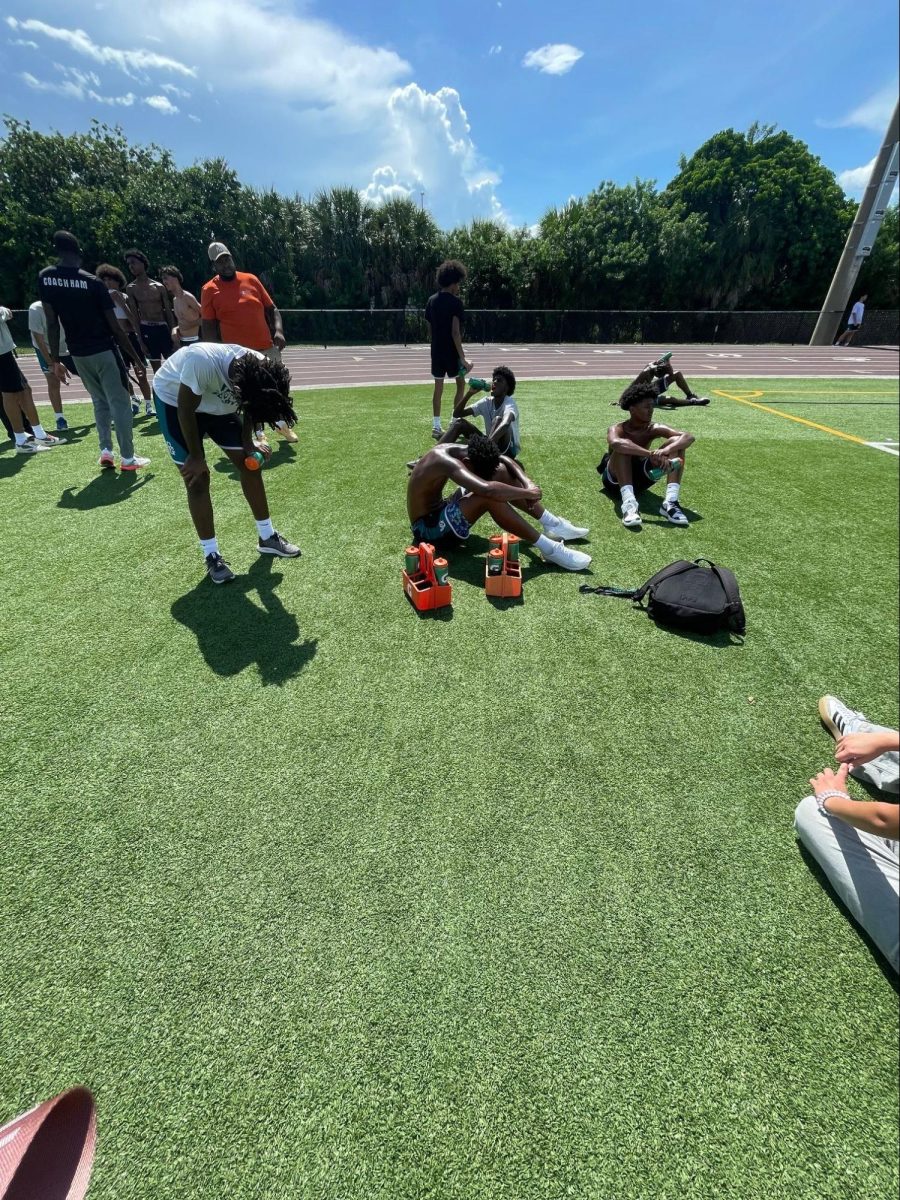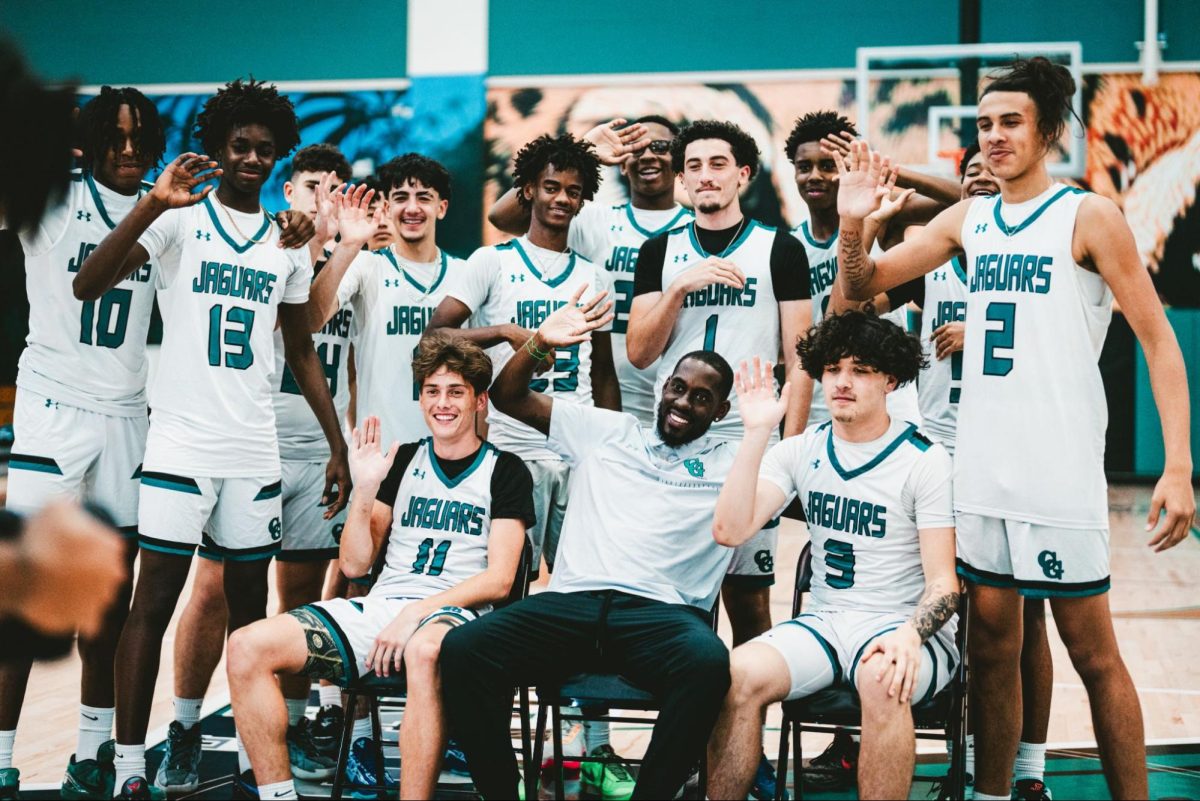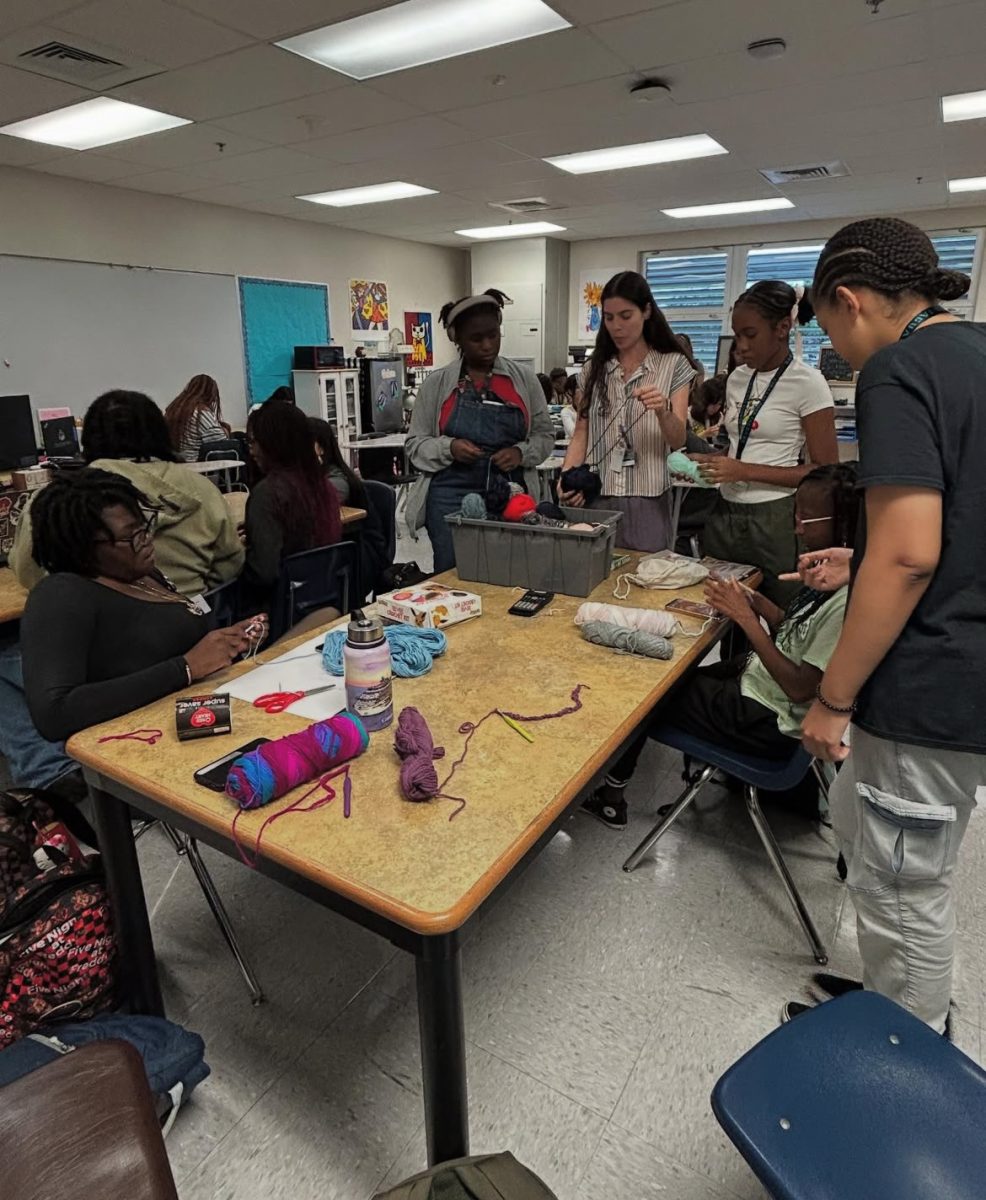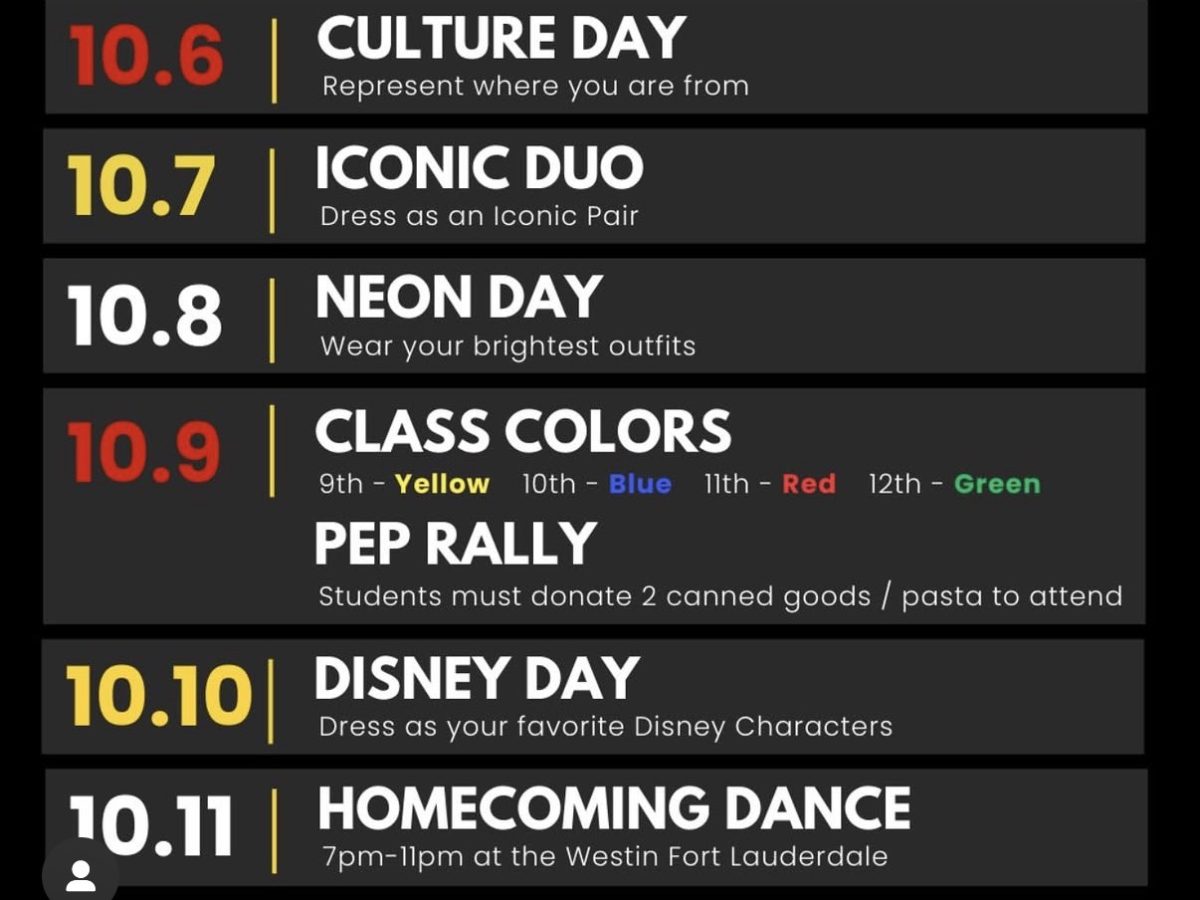Technology has become a basic human necessity. Whether you realize it or not, as a population, we have grown increasingly dependent on technology. This has especially become prominent in educational settings, where different pieces of technology, such as laptops, smart boards, and even tablets, have become interconnected within the school system, as school districts nationwide decide to transition from traditional textbooks to a more technology-centered education.
Recent reports show that textbook publishing, in the United States, is an $11 billion industry, while tablets, specifically, are an $18 billion industry. To put this number into perspective, it is estimated that 53% of US adults, 81% of US children aged eight to seventeen, and 42% of US children aged under eight own a tablet. This current rise in popularity among tablets has prompted many schools around the country to start implementing the use of this technology in the classroom.
Those in favor of the use of these tablets mention that they are much lighter, give both students and teachers access to a larger database of information, and improve standardized testing scores. Not only are tablets more versatile, they eliminate the need for printing, which helps ease the strain of textbook production on the environment.
Freshman Lyla Squire shares, “Many students like myself feel as though it is a lot easier and more efficient to do work online rather than traditionally. Technology has and will continue to play a vital role in our daily lives, so I think it is important that we are able to adapt to it instead of turning it down as a method of education.”
However, technology does have its downsides. Those opposing the use of tablets in educational settings have mentioned concerns regarding costs, the possibility of distractions, and even health-related concerns such as eyestrain, headaches, and blurry vision. There is also some concern among parents regarding internet and online safety. At the worst, there is always the possibility that a child’s tablet may get hacked. More mildly, children can be reckless. There is no way of knowing whether or not they are taking the right safety precautions when browsing the internet, which is certainly a major concern for many, along with the fact that every student has different needs and requirements when it comes to learning.
“I think technology is a great tool in the educational setting; however, it needs to be understood that some students just can’t learn through a screen.” Says sophomore Rylee Polich. “Students need to be accustomed to a variety of learning methods, such as textbooks, projects, and physical assignments, to fully understand what is being taught. Although we do live in a digital world, pens and paper are still available and necessary to diversify the learning experience.”
Despite the apprehension towards this topic, many have found that technology is just simply more convenient and effective, therefore welcoming these newfound innovations with open arms, for example, College Board’s SAT, which is now taken online. At the end of the day, technology will continue to evolve. Whether or not we choose to grow with it is completely up to us.


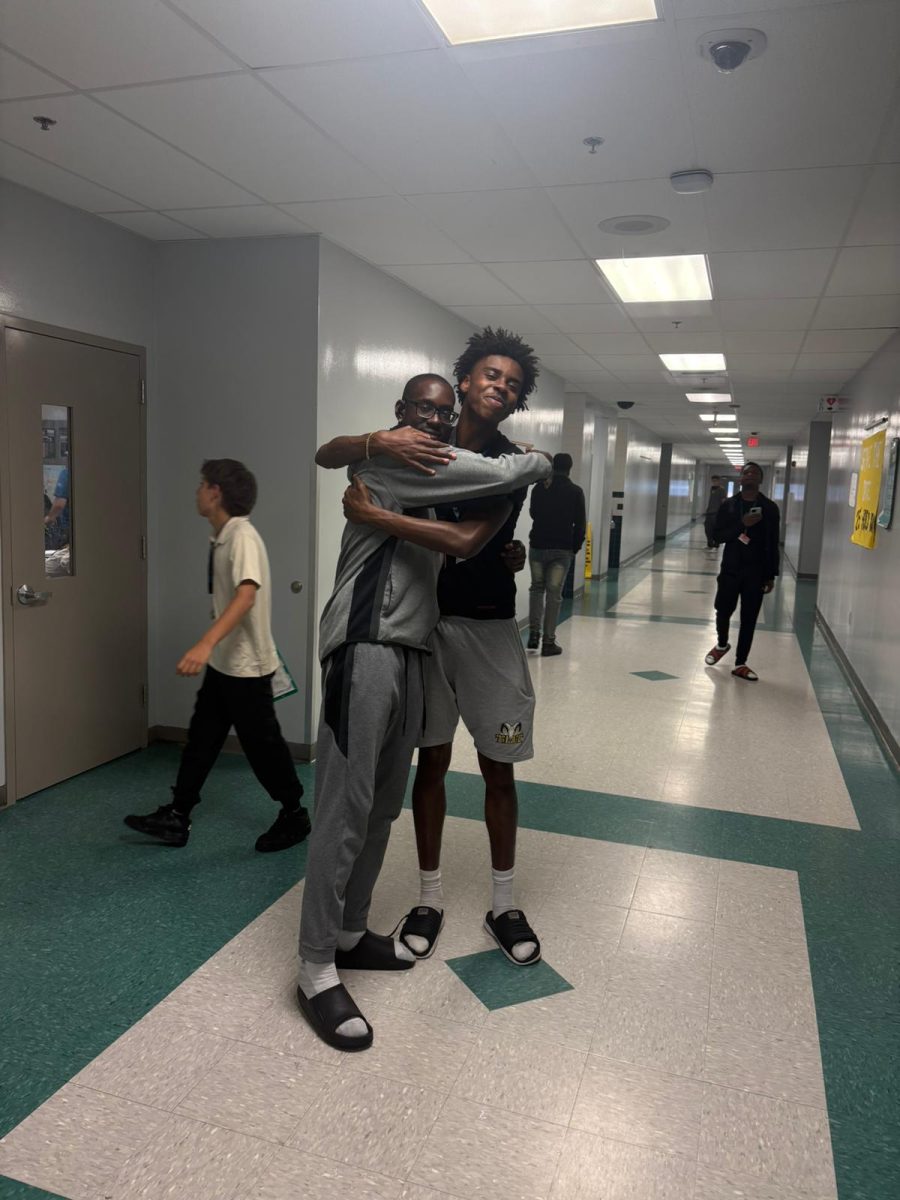


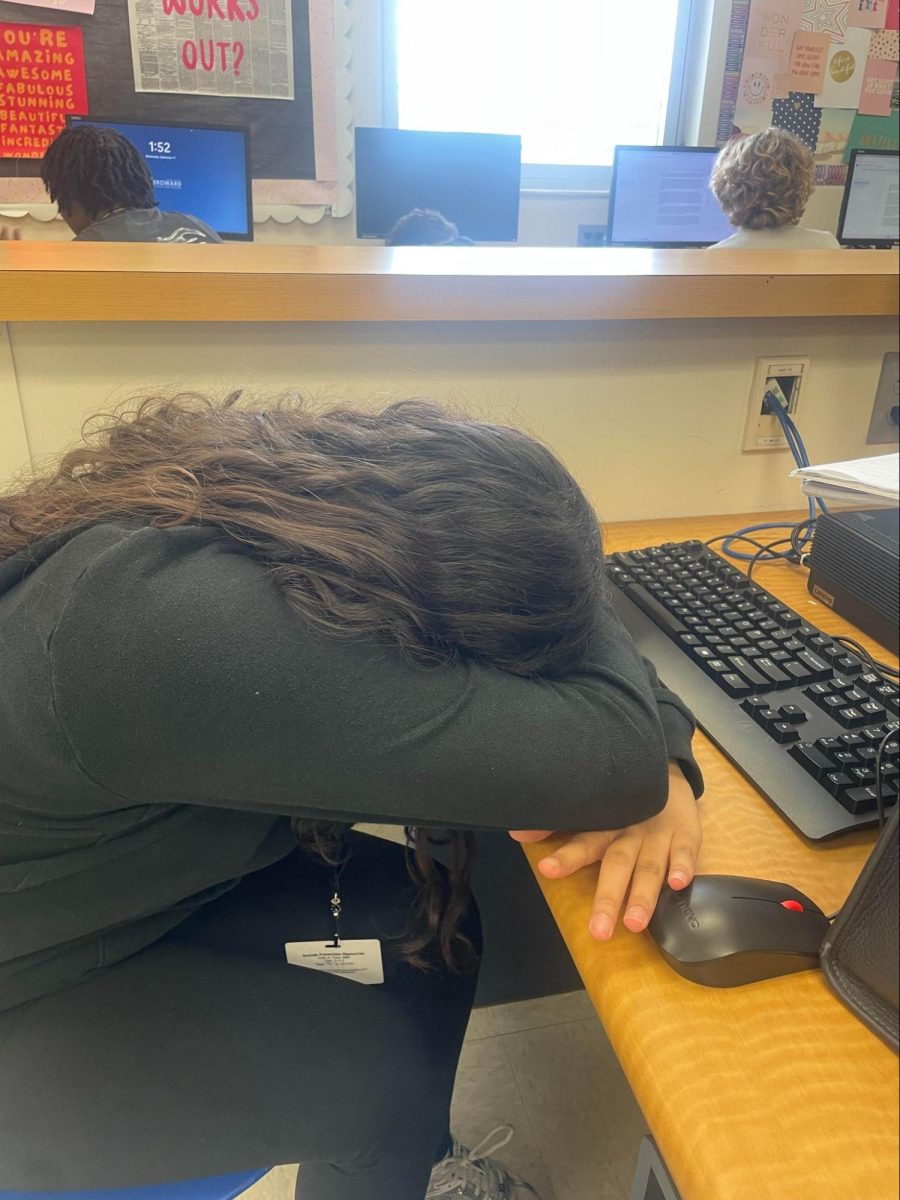


![[Photograph of an Italian sandwich] Photo Creds: https://www.thepioneerwoman.com/food-cooking/recipes/a42398453/italian-sandwich-recipe/](https://cghstheprowl.com/wp-content/uploads/2025/10/image1.png)






